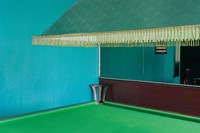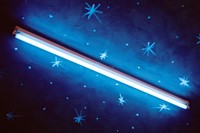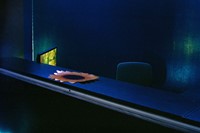Anne Lass’s new book Triple Seven captures the German capital’s independently run gambling halls, many of which have now closed down
A world away from the inflated glamour of Las Vegas casinos, the contraband Berlin gambling halls featured in Danish-German photographer Anne Lass’s new book Triple Seven capture a dead-end optimism that tempts the everyday bet-maker. From independent Copenhagen-based publisher Disko Bay, the photobook’s stark layout proffers an unlikely look into barely-there places usually concealed by firmly closed doors. “I’ve been thinking about the people in the photos a lot, actually,” says Lass. “Dreaming about them – maybe because it’s a long time ago now. Maybe some of them died. Maybe they moved away. Maybe they work in a café. I don’t know.”
Between 2011 and 2014, Lass found herself knocking on the unassuming doors of the German capital’s independently run gambling halls. Most commonly frequented by those with few other places to be, the stillness of the spaces brings a sense of timelessness to each image, suggesting a chronology undefined by beginning or end. Unbeknownst to the photographer while she was capturing her images, many of these shrines to blind chance would soon disappear.
A study published around the time that Lass began shooting the project announced that 50,000 Berlin residents were experiencing “problematic gambling behaviour”, prompting the city’s authorities to introduce a statute demanding a minimum distance of 500 metres between each gambling hall. As a rule almost impossible to adhere to – thanks to the dense build of the city and the prevalence of these already almost invisible spaces – it secured a fate of closure for 80 per cent of the establishments under its jurisdiction. As it turned out, Lass was unknowingly writing a visual eulogy for these street-level entrances to Berlin’s underworld.
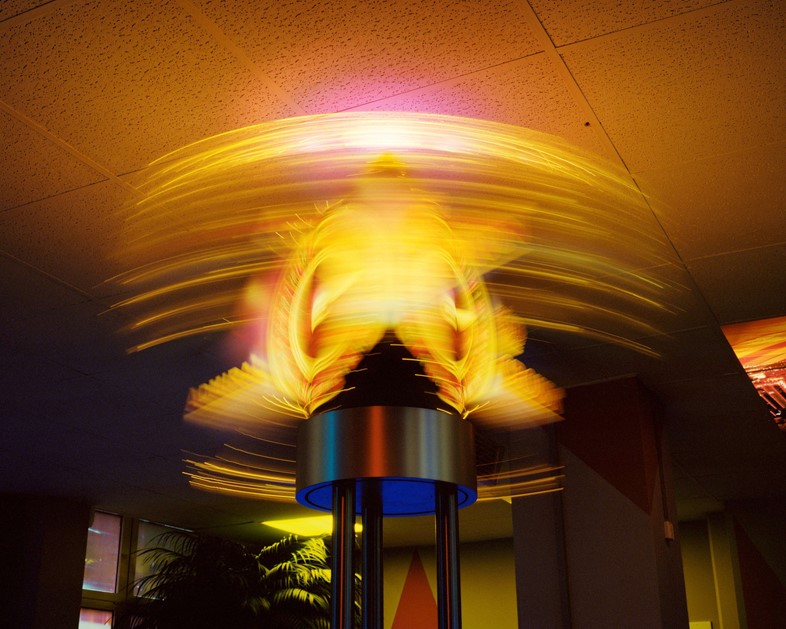
Returning to the city two years ago, ready to ground herself in the context of the original work before creating the book, the photographer found most of her locations had disappeared. Reflecting on this, she comments, “I think this project is not really contemporary, because it’s somehow from another time. I preserved something that I didn’t know at that time would maybe not exist anymore. The documentation has become more important now – ten years later – than it was when I photographed it.”
Claiming to have been unequivocally drawn to knock on the doors of the halls, Lass cites her life-long curiosity for unrestricted access as playing a pivotal role in her journey to becoming a photographer. While she was eager to get in, the gambling halls’ untrusting proprietors were keen to keep her out, with only one in four inviting her inside. Perhaps not unlike their glittering casino counterparts, these often pastel-hued shop spaces are portals to a dimly lit underworld, where the laws of the city ring only as an echo in the ears of those who choose to descend.
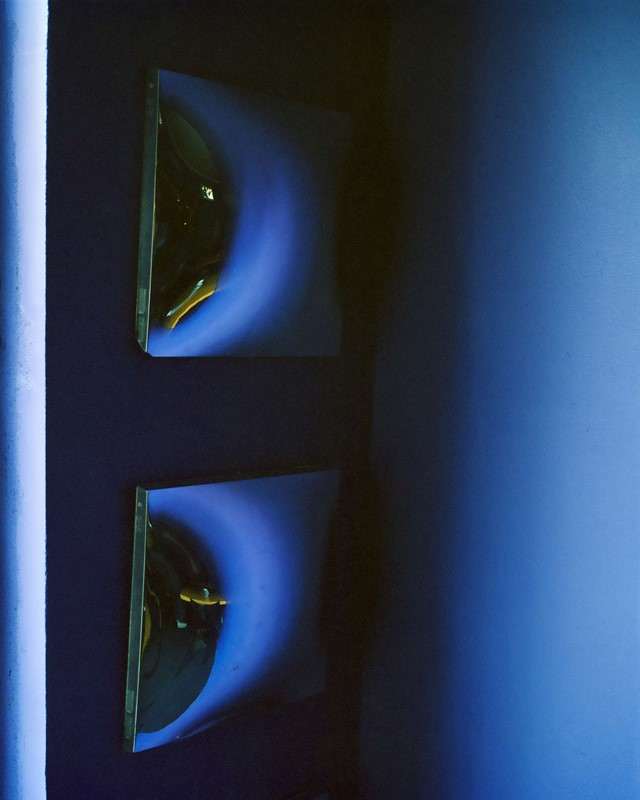
In spite of the ethical ambiguity that thickens the air of this genre of gambling hall, Lass’s informal portraits and photographs of tablecloths and carpets convey a hint of naivety, shielding the viewer from their dark realities with a romantic quality inherent to analogue photography. She adds, “A lot of these places got robbed, and often there were small pictures there of people who have been in there to steal money. One time I had one of the bosses on the telephone and I thought OK, he’s going to come down here and break my bones, so I also stopped the project then. It always felt quite on edge, but people don’t see that in the pictures. I don’t know – maybe subconsciously I filtered it for myself.”
Recalling an unexpected interruption to the project, Lass admits that it wasn’t just the dubious business owners keeping her away. “I had a really strange experience with being pregnant when I started photographing the spaces. I had to stop the project for half a year because I got physically sick from looking at the pictures.” After a short pause she adds, “But then I gave birth and I continued because I was still drawn to the places.”
Considering the resonance of her work, and how those who dive into the pages of Triple Seven might interpret its message, Lass hopes that she can make people less afraid of seeking adventure behind closed doors, and finding out who else lives in their neighbourhood. She adds, “Be curious, go in, and see what happens.”
Triple Seven by Anne Lass is published by Disko Bay, and is out now.

